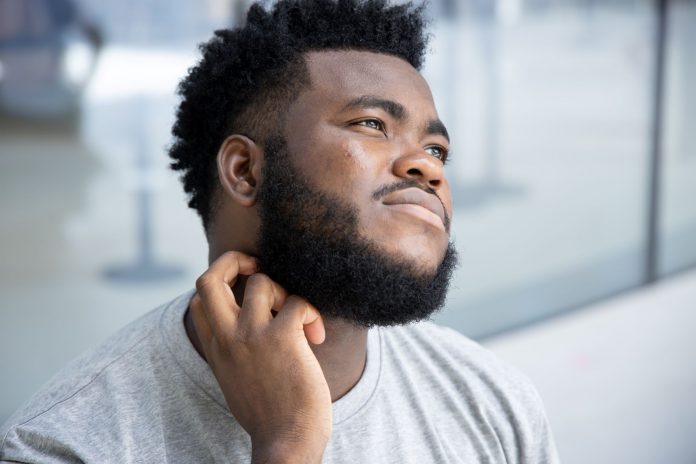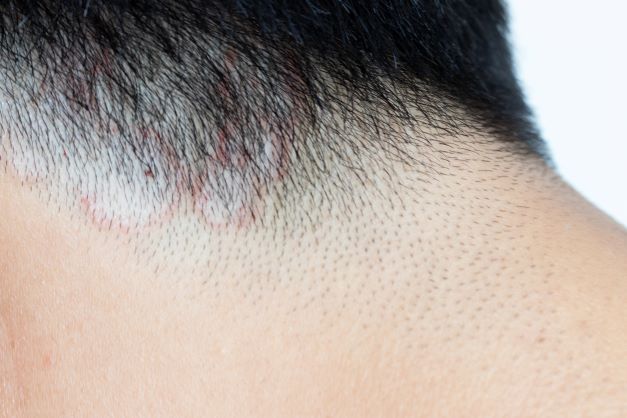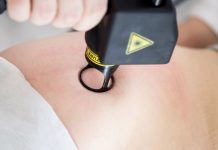
Last Updated on 7th April 2022
Ringworm is a common fungal infection that, despite its name, is not even closely associated with any form of worm. Also called tinea or dermatophytosis, it gets its name from the way it appears on the skin, which is an itchy, red circular rash. It’s caused by a fungus called a dermatophyte that thrives in warm, moist areas of your body.
It can appear anywhere on the body and depending on where it appears can be called different things, but all are a fungal infection. Athlete’s foot, for example, is a ringworm on the foot called tinea pedis. For more information about ring worm and the various types you can visit Patient, a website that offers science-backed medical and health information.
Causes, Signs and Symptoms
You can get ringworm from direct skin contact with an infected person or by touching items or areas that have the fungi on them – commonly shower floors and public pool changing rooms. You can also get ringworm from sharing grooming items with an infected person, like hairbrushes. Pets can also transmit ringworm and your pets should be checked for infection often. Ringworm is contagious and can be passed on even before a rash or symptoms appear.
No matter where on the body ringworm is experienced, it shares a common set of symptoms. These include itchy, red, or cracked skin around a ring-shaped circular rash and localised hair loss. Other signs and symptoms can be different in some ways depending on what part of the body is affected by ringworm, but usually include some peeling or breaking of the skin and scaly red spots or areas, which can sometimes fill with pus.

How to Treat Ringworm
The actual treatment of ringworm depends on where on the body you’re experiencing the infection. In many cases, a simple over-the-counter non-prescription antifungal cream, lotion or powder can be used to treat ringworm of the feet (athlete’s foot) or groin area (jock itch). Active ingredients like clotrimazole and miconazole are indicated for this use. In most cases symptoms of ringworm can last anywhere from four days to two weeks if treated properly.
Ringworm of the scalp (tinea capitis) usually requires prescription medication to treat like those containing terbinafine or fluconazole. Tinea capitis may take longer, sometimes several months, to be treated effectively.
Tips for Prevention
It can be very difficult or even impossible to completely prevent ringworm, but there are some steps you can take to lower your chances of infection.
- Avoid excess sweating by not wearing heavy clothing in warm environments and staying cool.
- Don’t share personal grooming items, like towels and brushes.
- Wash your hands properly, frequently and well.
- Shower after any form of exercise or excess sweating.
- Wear waterproof shoes if you’re showering or using shared facilities and in public pool areas.
- Change your clothes, and particularly socks and underwear every day and wash them before you wear them again.
Ringworm isn’t a serious condition and is generally quite easy to treat unless you’re affected by an autoimmune disease. It shouldn’t be ignored, however, and should be treated to avoid complications. Your GP can help with advice and prescriptions for medication to treat ringworm effectively.





































